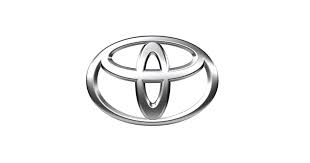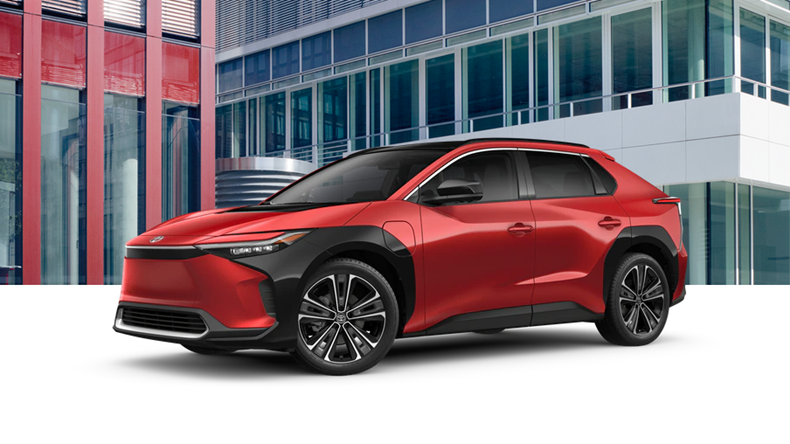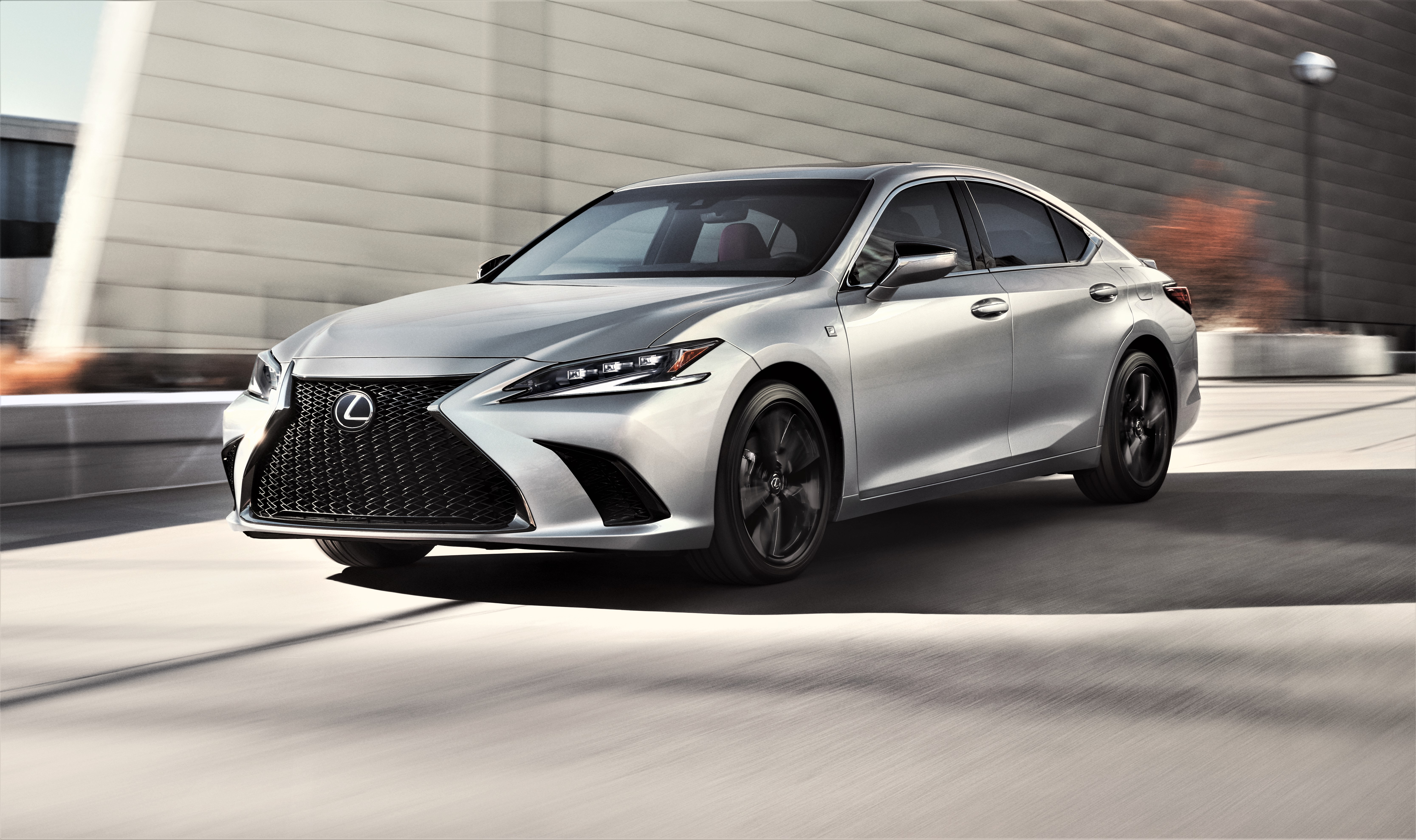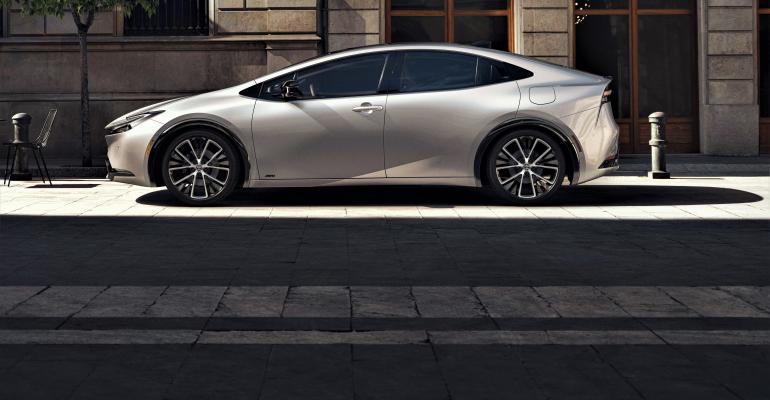The legacy of the Prius may be all that’s left to tell about Toyota’s storied hybrid nameplate – and where Toyota goes from here.
The iconic car, the world’s first mass-produced gasoline-electric hybrid, is now 25. The original, bubble-shaped model was unveiled as a concept at the 1995 Tokyo auto show. It has exceeded the wildest expectations of people who were there at the time of its launch on Dec. 10, 1997, the day before 150 nations signed the Kyoto Protocol on Climate Change, which set greenhouse-gas emission targets for the first time.
 Among its noteworthy achievements:
Among its noteworthy achievements:
- Prius sales have exceeded 5 million units. The next-best-selling electrified car is Tesla’s battery-electric Model 3 at 1.7 million.
- Toyota’s hybrid lineup now comprises more than 30 models in addition to the Prius, with combined sales approaching 21 million. That is more than 70% of global hybrid sales by all manufacturers and brands. Toyota accounts for 30% of all electrified cars sold including BEVs, fuel-cell vehicles and mild hybrids.
- Toyota’s Lexus luxury brand has sold more than 2 million hybrids.
- Toyota produces hybrids in 13 countries, including Japan.
- More than one out of five Toyota cars sold globally are hybrids, 27% to be exact.
- Toyota’s fuel-cell car, the Mirai, is a hybrid.
- In 2022, the automaker is on track to sell 2.6 million units, a record high, and hit nearly 2.7 million counting the Prius Prime plug-in hybrid.
- Since 2016, Toyota hybrid sales have grown annually by more than 10%.
- Although difficult to measure, the automaker claims the Prius alone has contributed to reducing more than 82 million tons of CO2 emissions over the life of the car. Extrapolating to its entire hybrid lineup, that comes to more than 300 million tons.
- Every three Toyota hybrids, excluding its PHEV models, reduces CO2 by the same amount as a BEV.
Not All Rosy
Despite its hybrid successes, the automaker has not made the transition into the all-electric segment. It is committed to selling 3.5 million BEVs annually by 2030 but clearly prefers having a flexible target based on market and regional needs, presuming hybrids and PHEVs might be a better fit than BEVs and fuel-cell cars.
Akio Toyoda, Toyota’s president, has refused to commit to a timetable to go all-electric, arguing that the industry is not ready. It is surely not ready in the U.S. market or in emerging markets such as Southeast Asia and India.
Through October, the automaker had sold or leased only 36,000 BEVs dating back to the RAV4 EV in 1997 and including about 100 iQ EVs leased in the U.S., Europe and Japan.
Toyota today has four BEVs on the market. In addition to the bZ4x (pictured, below), which the automaker launched in Japan in May, it has three joint-venture models in China. A fourth JV model, the BZ3, is on the way. The Lexus RZ 450e is due out next year. The automaker has promised 30 BEVs by 2030.

Regardless of how Toyota’s critics see it, management is spending money, lots of it, to build a foundation for a post-ICE/hybrid world. Last December, it committed 8 trillion yen ($70 billion when it made the announcement) to electrifying its lineup, half going to BEVs.
As part of the investment, it revealed plans to invest $5.6 billion in lithium-ion battery production, including $1.3 billion in a new plant in Liberty, NC. It has since raised that amount to $3.8 billion. Production of both BEV and hybrid batteries, at what will be Toyota’s first North American battery plant, is to begin in 2025.
Toyota currently makes only hybrids in the U.S. and Canada: the Lexus RX450h, NX300h and ES300h (pictured, below) models and Toyota Camry, RAV4, Highlander, Sienna, Tundra and Sequoia hybrids. All batteries for those models are believed to be sourced from Primearth EV Energy in Japan, its longtime battery supplier.

PEVE was with Toyota at the beginning. Established in December 1996, a year before the Prius’ launch, the supplier, then known as Panasonic EV Energy, delivered all hybrid batteries to the automaker, all nickel-metal hydride, until the introduction of the first-generation Prius PHEV in 2012.
Toyota turned to Panasonic for that battery, a li-ion unit. It has entered into a second JV with the Japanese electronics giant, Toyota’s partner in setting up PEVE.
In April 2020, they formed Prime Planet Energy & Solutions, which will supply the new Prius Prime PHEV (pictured, below), due out next year, and already is supplying the new Prius, which was launched in November.

This past August, Prime Planet announced it would build a new 7 GWh plant in Himeji, Japan, joining several other plants in Toyota’s home market.
All of that is good news, but is it enough?
While it continues to be a minor player in the BEV segment, Toyota is a giant in vehicle electrification…Plus, it is profitable.
Moreover, it is the richest of OEMs with a reported ($64 billion) in cash reserves. It is positioning itself to deliver whatever electrified-vehicle option is required in all major markets, ranging from hybrids and PHEVs to BEVs and fuel-cell vehicles.
On the battery front, in addition to expanding its relationship with Panasonic, Toyota has forged ties with CATL and BYD in China, two of the world’s largest li-ion battery suppliers.
“I think Toyota is eventually going to go electric,” says Viktor Irie, market analyst at EV Volumes. “That’s the way of technology. But let’s not forget that Toyota is very conservative. And the Prius has been the benchmark in the hybrid field.”





